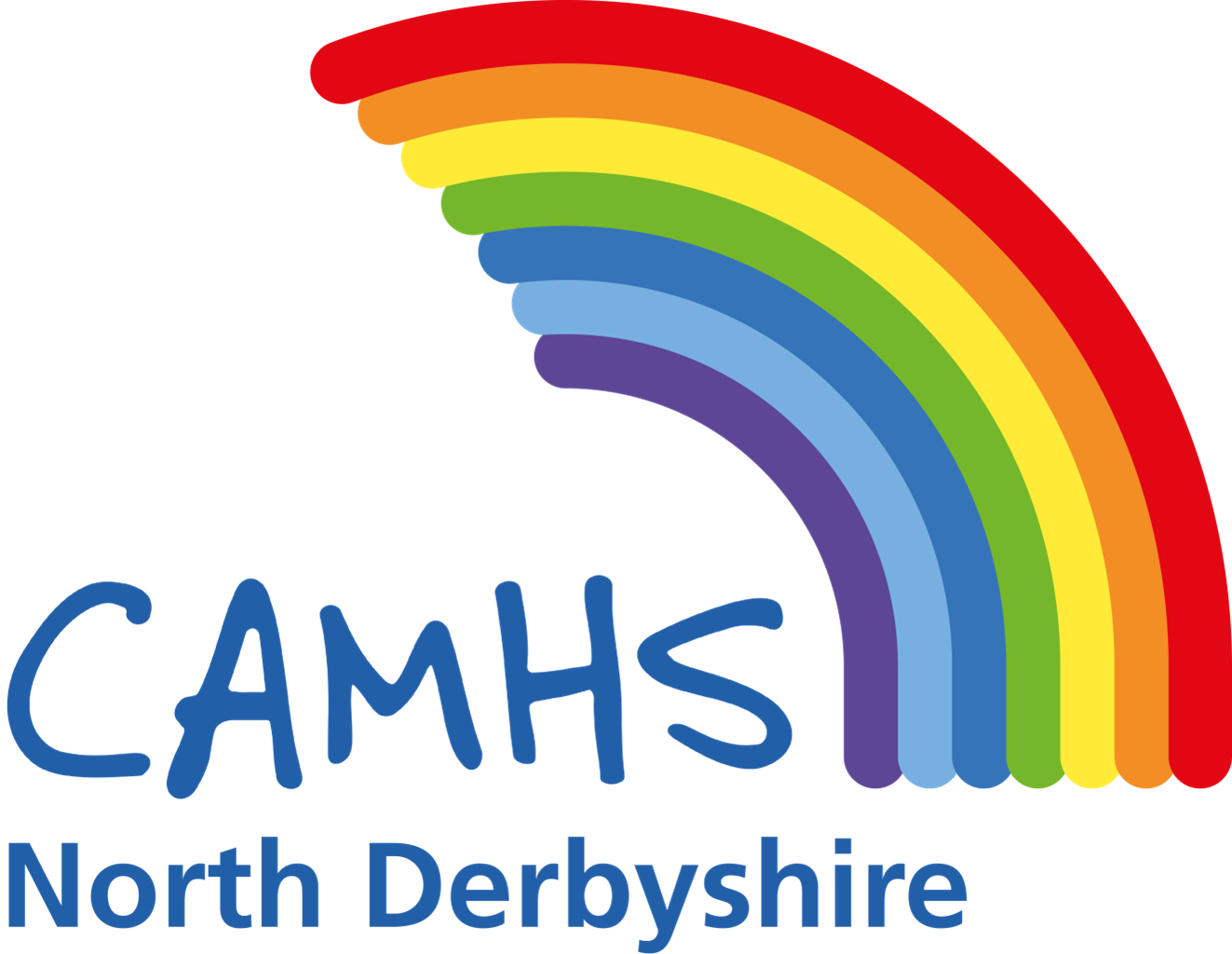Communication and Mental Health
Speech, Language and Communication needs (SLCN)
Being able to communicate is vital for learning, developing social skills and employment.
Speech, Language and Communication Needs or SLCN is the umbrella term for any type of communication need. The different areas of speech , language and communication are described in Model 1(see right). A young person can have specific difficulties using clear and intelligible speech. Others may have specific difficulties understanding and processing the words and sentences they hear (language). Other young people may have more problems using language and non verbal skills to interact and communicate for social reasons. There is also considerable overlap. For example, someone with unclear speech may also find it difficult to interact with other people because of an awareness of their difficulties. Someone else may struggle to understand words and sentences and as a result may respond inappropriately in a conversation affecting their social skills. Someone else might have difficulties finding the words they want to say and also present with a stammer (be less fluent).
Many of us take our communication skills for granted. However, approximately 10% of children and young people will have a speech, language, or communication need (SLCN). Approximately 7.6% have developmental language disorder (DLD) and the remaining can have difficulties associated with another condition such as autism or a hearing impairment.
That’s about 3 children in every classroom. The young people most affected often need support from a speech and language therapist or someone with more specialist training.
This 10% also includes those children where English is a second language, but when they have struggled to acquire skills even in their home language.
Children who have English as a second language can have developmental language disorder. DLD affects all languages the child speaks.
Left unidentified, SLCN can have a range of negative consequences. They may affect:
Social, emotional, mental health, attainment, relationships, and employment
Behaviour: Many children with unmet or unidentified SLCN communicate through behaviour which can lead to exclusion from school, offending behaviour and involvement in the criminal justice system.
Children and young people with an SLCN are five times more likely to have a mental health need.
With the right support around them, young people with speech, language and communication needs can learn, build relationships and access employment.
Here is a link about the link between language disorder and mental health.
How might children and young people present who have a Speech, Language and /or Communication need?
Difficulties following instructions
Struggle to understand more abstract concepts such as emotions and mental state words
Their speech may be difficult to understand
Find it harder to remember what was said
They may need verbal information repeated
May struggle to find the words they want to say
Their word order may be jumbled up
Delayed vocabulary
Use shorter, less complex sentences expected for their age
They may need extra support to tell someone what happened in a situation
They may miss out key information
They may struggle to understand non-literal language, jokes, and sarcasm
Persistent difficulties starting, maintaining and finishing a conversation
Difficulties may affect their literacy and impact on other subject areas
Here is a video of Lily Farrington narrating an animation of what it is like to have a Developmental Language Disorder
They may also:
Avoid situations that put the pressure on talking
Follow others in class or not finish their work
May give inappropriate responses to questions as they have not understood
Misinterpret what happened in a social situation
Distract others by using behaviour to avoid doing work
Overly chatty to distract
Look visibly frustrated when they cannot get their message across
Only speak in specific social situations with specific groups of people
How can you help?
Give them extra time to respond
Build in pauses to instructions
Provide opportunities to talk in less pressurised situations and reduce your use of questions
Use signs and symbols or the written word to help them remember and process what was said
Correct them nicely: say what they said, but add the missing elements or clearer speech
Let them finish talking and do not interrupt
Seek advice from a speech and language therapist
Useful Websites
Local SLT Department: Children's Speech & Language Therapy :: Chesterfield Royal Hospital
RADLD | Raising Awareness of Developmental Language Disorder
Speech and Language UK: Changing young lives
DLD and me is a website with a share space for teens with DLD
Here is further information on the structure of language and here are strategies to support DLD across the lifespan.



